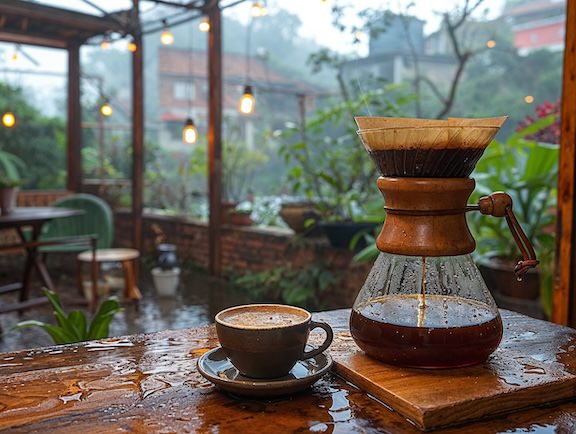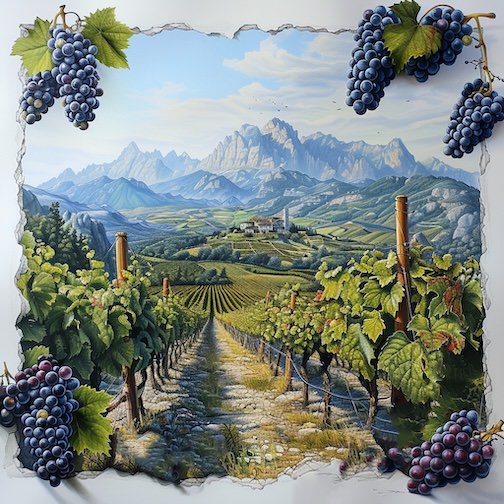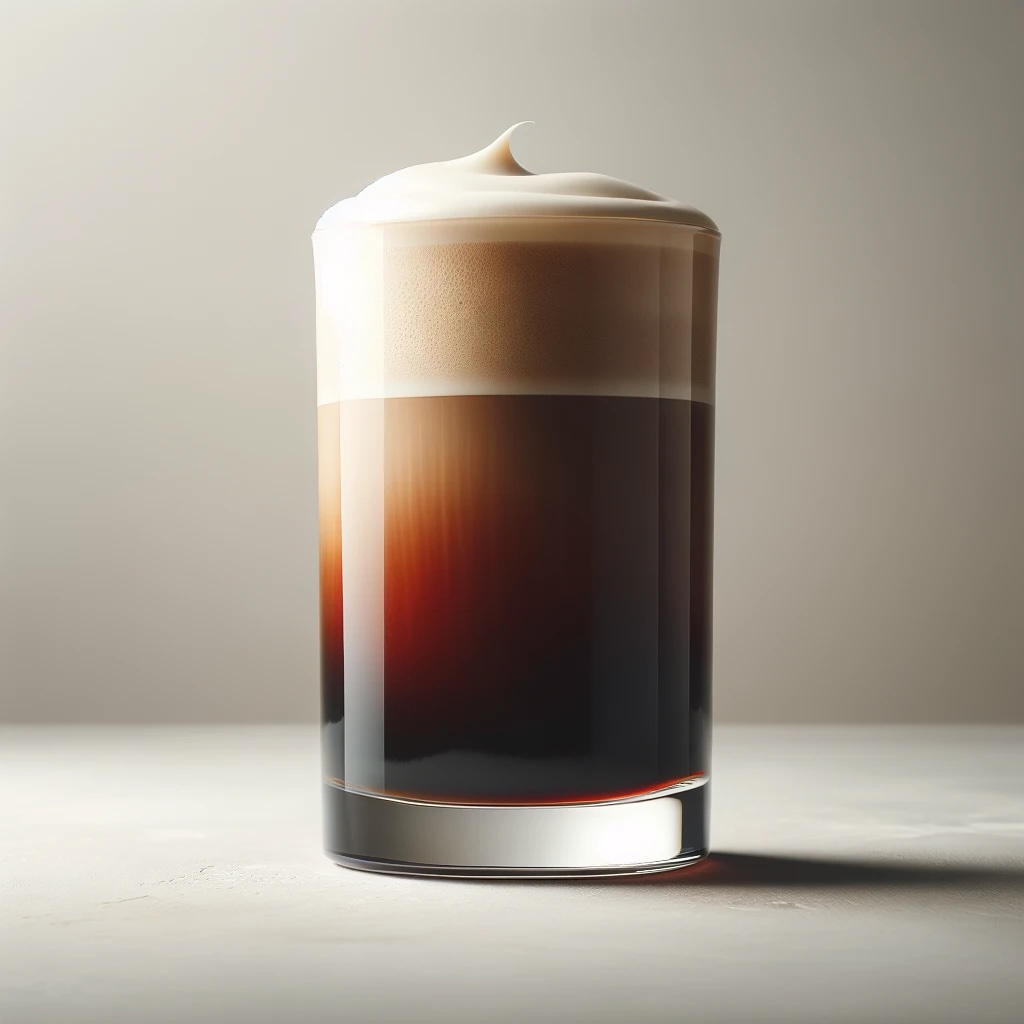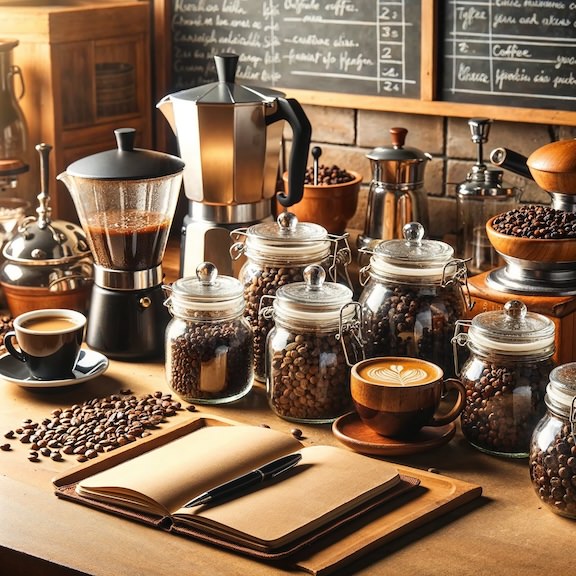When it comes to crafting the perfect cappuccino, the quality of milk foam is paramount, serving as both a crown and a bridge between the boldness of espresso and the creamy sweetness of milk. Achieving the ideal foam is an art, hinging on several crucial factors that distinguish merely good foam from the sublime.
At the heart of exceptional milk foam lies its texture and consistency. Unlike the airy froth of a latte, cappuccino foam should boast a velvety smoothness, characterized by microfoam that’s fine and uniform. This seamless integration of foam and espresso creates a harmonious blend, where no large bubbles dare intrude, ensuring each sip is as luxurious as the last.
Stability is another hallmark of superior foam. A well-made cappuccino retains its delicate structure from the first touch of the lips to the last, avoiding the pitfalls of separation or rapid dissolution. This enduring quality ensures that the foam continues to enhance the coffee’s body and mouthfeel throughout the drinking experience, rather than fleeting away.
Temperature plays a pivotal role as well. The sweet spot for milk’s temperature, when foaming, falls between 60 to 65 degrees Celsius (140 to 149 degrees Fahrenheit). Within this range, milk’s natural sweetness is amplified, yet it’s spared from the bitterness of scalding. The gentle warmth coaxes out a slight sweetness, perfectly complementing the espresso’s robust profile.
The taste of the foam itself cannot be overlooked. As air and warmth intertwine with the milk, a subtle sweetness emerges, one that should not overshadow the espresso but rather elevate it. This delicate balance ensures that each component of the cappuccino sings in harmony, with neither the milk nor the coffee outperforming the other.
Milk type is a variable that significantly influences foam’s quality. While whole milk is often lauded for its rich creaminess and ability to produce smooth, stable foam, the choice of milk can vary according to preference. Skim milk and plant-based alternatives can also achieve excellent results, albeit with variations in texture and flavor that reflect their unique characteristics.
A large influence of a successful foam is the skill of the barista. The creation of the perfect milk foam requires more than just technique; it demands artistry. From the whirlpool effect in the steaming pitcher to the precise incorporation of air, avoiding overheating, every action taken by the barista is a step towards perfection. It’s this expertise that transforms the simple act of frothing milk into the creation of a masterpiece.
The craft of producing the ideal milk foam for a cappuccino is a meticulous blend of science and art. It’s about understanding the subtle interplay between temperature, texture, and taste. Each cup of cappuccino, adorned with its crown of milk foam, is not just a drink but a testament to the barista’s skill and the intricate dance of its components.
Please note that if you purchase from clicking on the link, some will result in my getting a tiny bit of that sale to help keep this site going. If you enjoy my work, perhaps you would consider donating to my daily cup of coffee, thank you.





